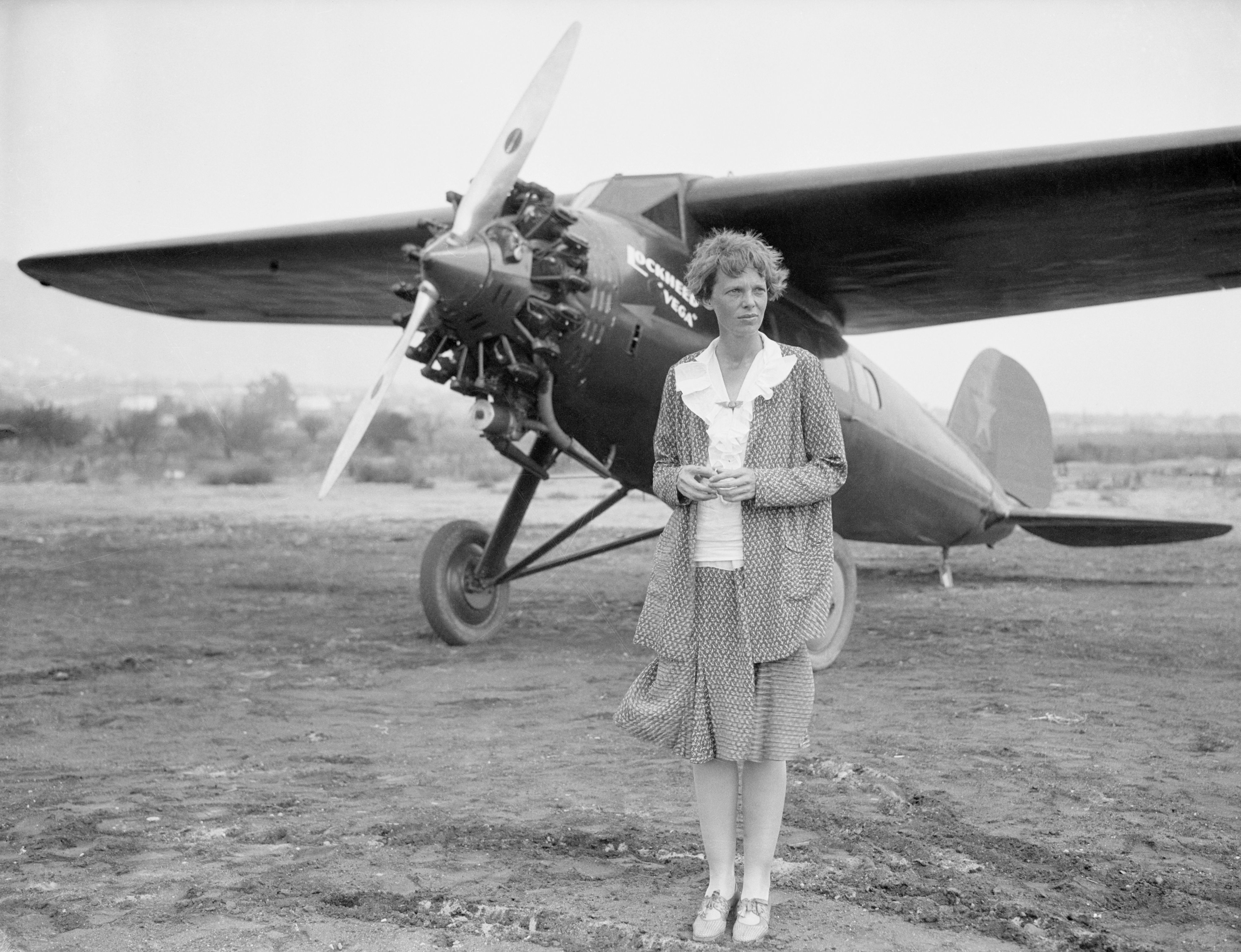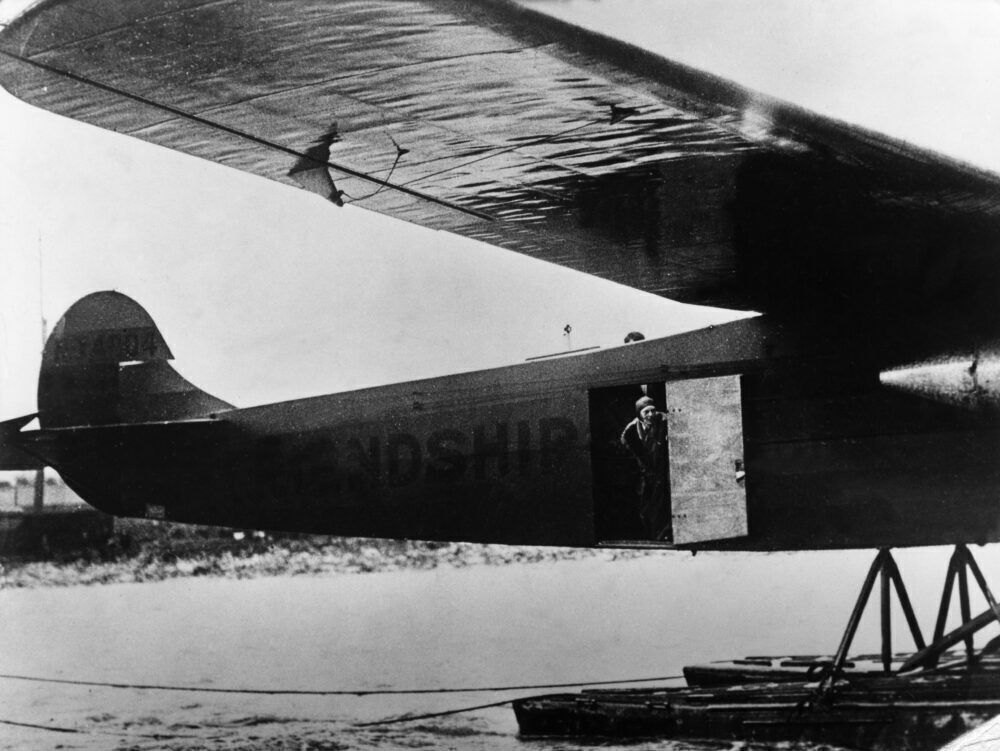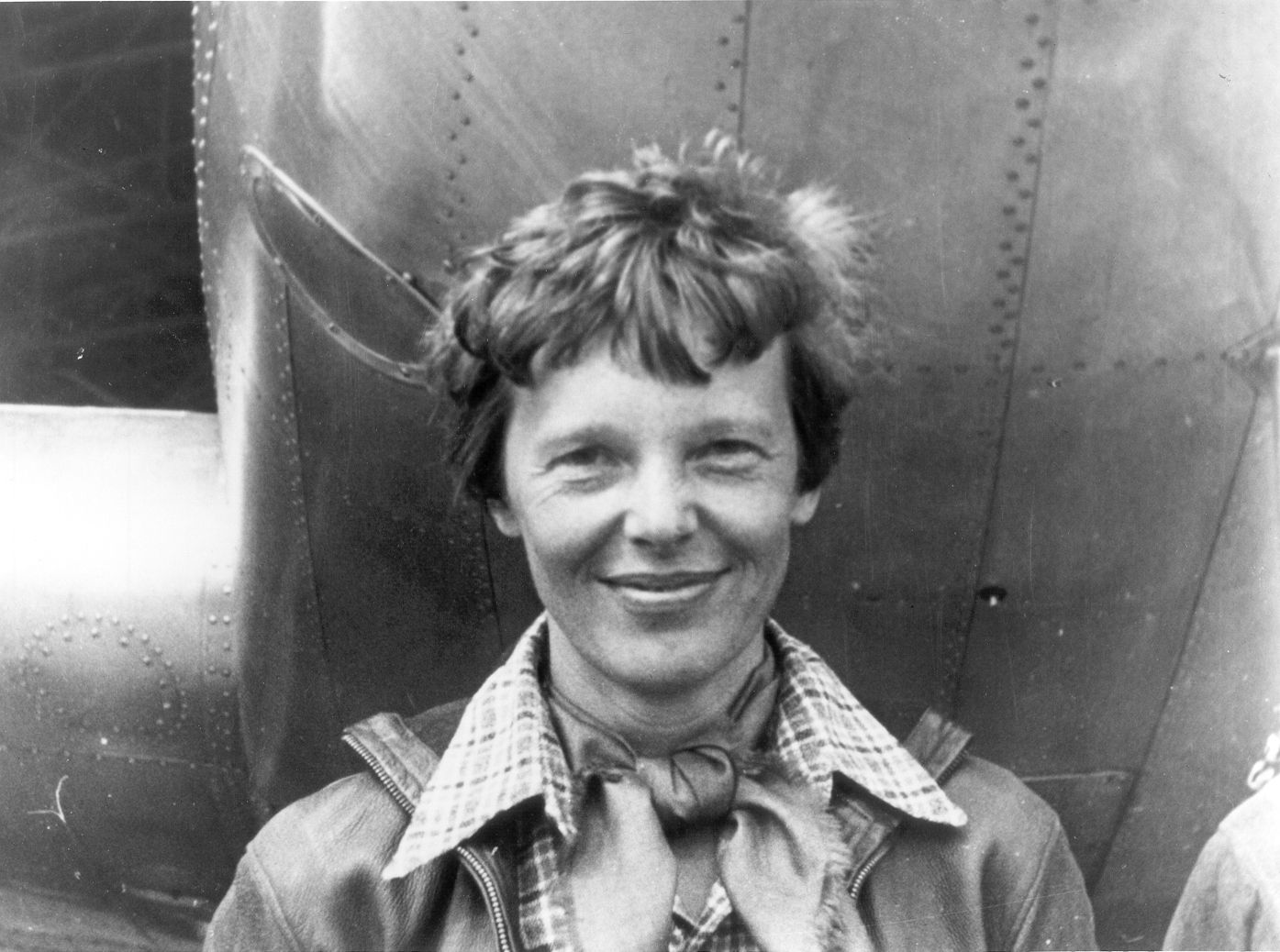Amelia Earhart made history on June 17th, 1928 when she became the first woman to complete a transatlantic flight. Apart from holding this title, she was also the first female pilot to fly solo across the Atlantic and the first woman to fly from the Hawaiian Islands to the US mainland. All these international records have made her a global figure in aviation.
Who was Amelia Earhart?
Amelia Earhart was born in Atchison, KS in July 1897 to a relatively wealthy family. From a young age, she was reported to have been "adventurous", which probably ignited her initial interest and subsequent passion for aviation. Unfortunately, the Spanish Flu of 1918 did affect her personally, as she was hospitalized in November 1918 with symptoms of pneumonia, but was discharged in December 1918.
Following her discharge from hospital, she still remained at home to recover from the disease. Chronic sinusitis was said to have been an obstacle to her flying ability for her entire life.
After the pandemic, she enrolled in college at Columbia University in 1919, but she only attended for a year, before deciding to relocate to California to be close to her family. In California, Earhart wanted to learn to fly, and took lessons in Southern California.
In the summer of 1921, she purchased her own aircraft, a secondhand bright chromium yellow Kinner Airster biplane, which he named "the Canary". On October 22nd, 1922, she flew this aircraft to the height of 14,000 feet (around 4,270 m), which was, at the time, a record.
The first woman to fly across the Atlantic
In April 1928, she was contacted by Captain Hilton Railey who asked if she wanted to fly across the Atlantic. She agreed, and after some planning, was part of the team who flew across the Atlantic. Along with pilot Wilmer Stultz and co-pilot Louis Gordon, Earhart departed from Trepassey Harbor in Newfoundland, Canada, with the goal of reaching Europe.
Since Earhart did not have as much experience as the others, her main job was to maintain the flight log. 20 hours and 40 minutes after their initial departure from Canada, Stultz, Gordon and Earhart landed at Pwll near Burry Port in South Wales.
This successful journey has been hailed as a milestone in aviation, and the landing site currently has a blue plaque commemorating the event. In an interview, Earhart herself expressed a wish to pilot an aircraft alone across the Atlantic, which she succeeded in 1932.
Her solo flight across the Atlantic Ocean
Charles Lindbergh's successful solo flight across the Atlantic in 1927 inspired Earhart to become the first woman to fly alone across the Atlantic. On May 20th, 1932, Earhart set off from Harbour Grace, Newfoundland with the destination of Paris, France in mind. In order to confirm the date of the flight, she was given a copy of the Telegraph-Journal on her voyage.
After a flight that lasted just under 15 hours, Earhart finally landed not in Paris, but in Culmore, Northern Ireland. This adventure led to Earhart earning various honors and medals from various governments, as well as the National Geographic Society.
After crossing the Atlantic, Amelia Earhart looked west in her voyages. She set the record for the fastest flight between Honolulu, Hawaii and Oakland, California.
Her death and legacy
Earhart embarked on a round-the-world flight beginning in Oakland, California and flying eastbound, flying via cities such as Miami, Paramaribo, Dakar, Khartoum, Karachi, Singapore and Darwin. However, she never arrived at Howland Island from Lae, New Guinea. Following serious search efforts in the region, Earhart was declared missing and presumed dead.
There have been many speculations regarding her disappearance, and some conspiracy theorists even suggest that she survived the flight. Despite such an unfortunate departure, Earhart will forever be hailed as a pioneer of aviation. She is now recognized as a feminist icon, and has inspired generations of female pilots



